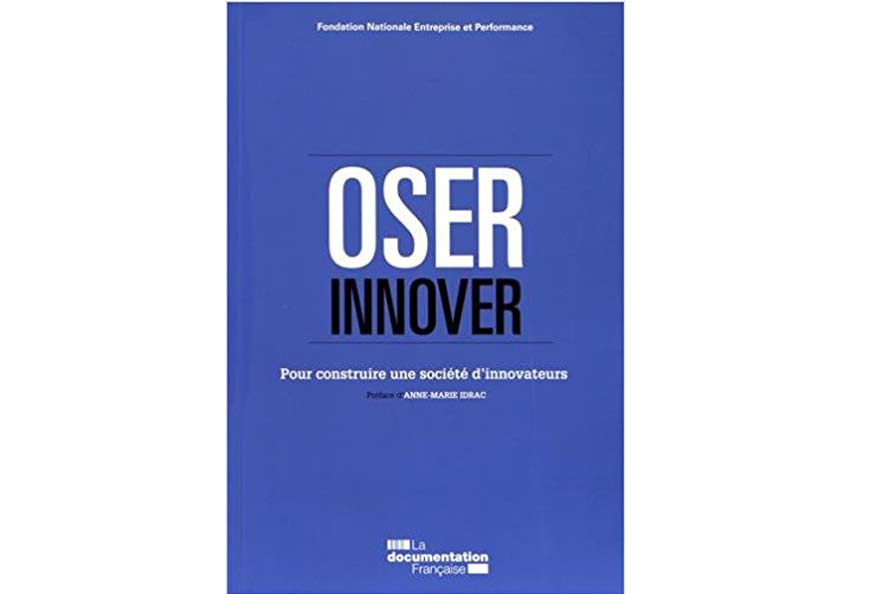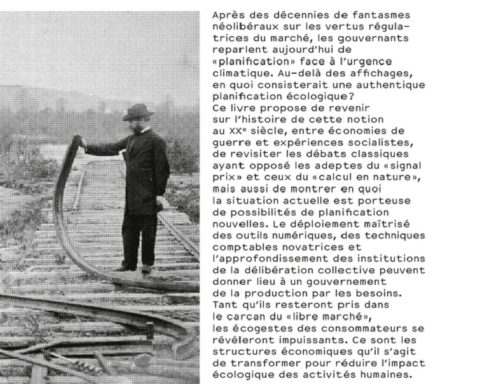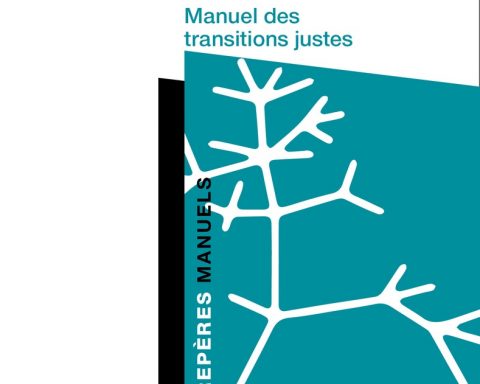Cand book supports the idea that innovation will increasingly draw its main source of innovation communities. Today, the creativity of communities is a powerful source of innovative ideas for businesses. This book describes the increasingly important role that communities play in the innovation process of enterprises and how they can benefit from it.
An innovation community is an informal group made up of either internal or external members. What is strongly emphasized by all the cases reviewed in this book is that these informal groups increasingly play the role of true active units in the innovation process, through which creative ideas emerge, are validated, tested, and implemented.
Based on an in-depth analysis of cases from companies (Salomon, Ubisoft, Schneider, Décathlon, etc.), industrial ecosystems (Open Lab MCB, Renault community), or public organizations (Humanicité Lille), the book aims to highlight the development of innovation communities and their contributions to innovative processes.
Through the study of these different cases, the book also seeks to better understand how the formal structures of these organizations and their management manage to link and coordinate with innovation communities.
For managers, it provides a better understanding of the new strengths of an open-minded management team that must learn to compose and dialogue with the organization's internal and external communities. In concrete terms, it shows that the relationship with the communities goes through a structure called Middleground. Many leaders have taken on board the interest in opening up to new approaches in order to nurture a dynamic of innovation. However, traditional practices do not guarantee them access to the creative reservoir of communities. The manager must "act like a gardener who fertilizes the soil for the community to flourish, without being able to lead it like a captain at the helm of his ship". He must use new management methods, which are described here.
Login
0 Comments
Inline Feedbacks
View all comments












